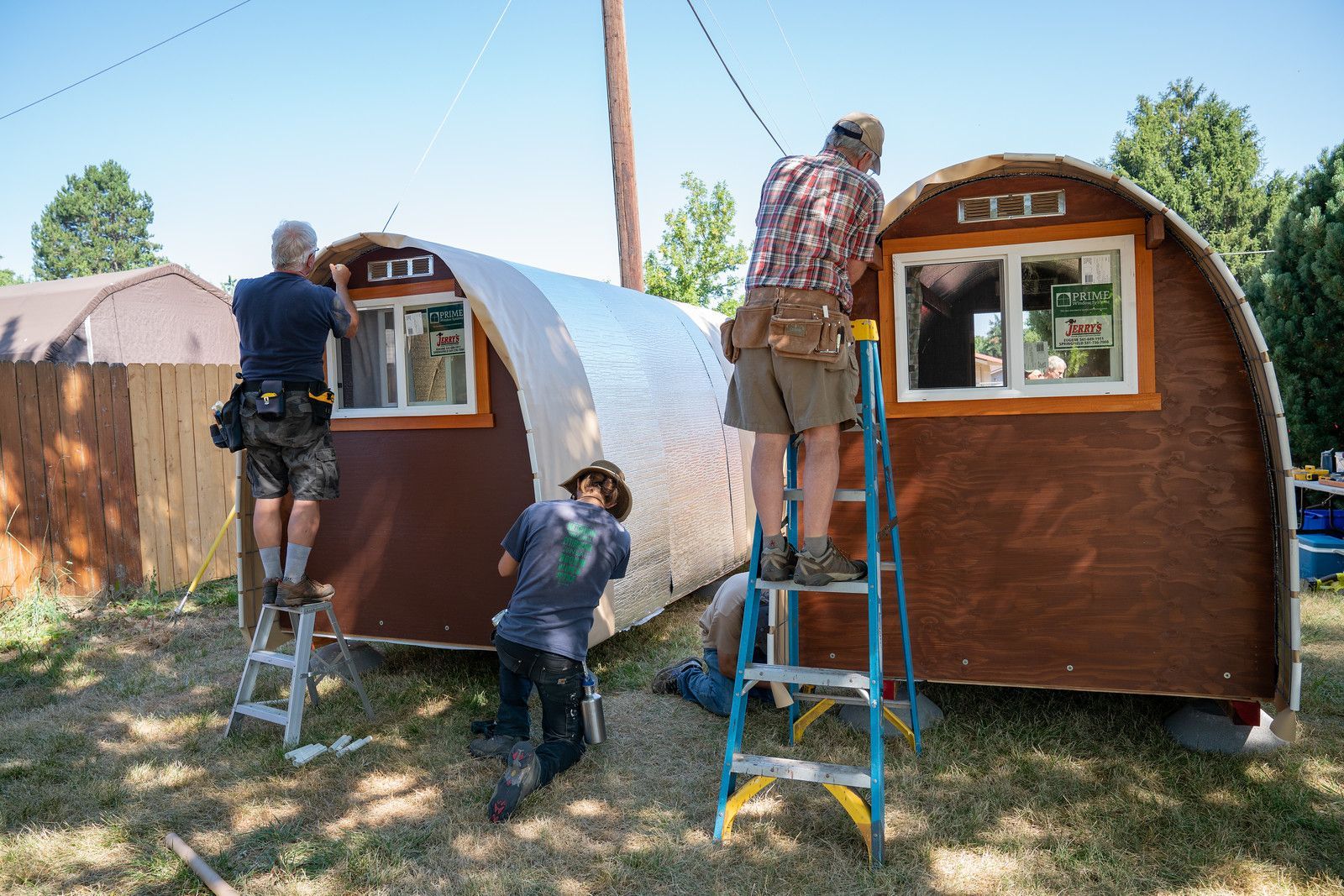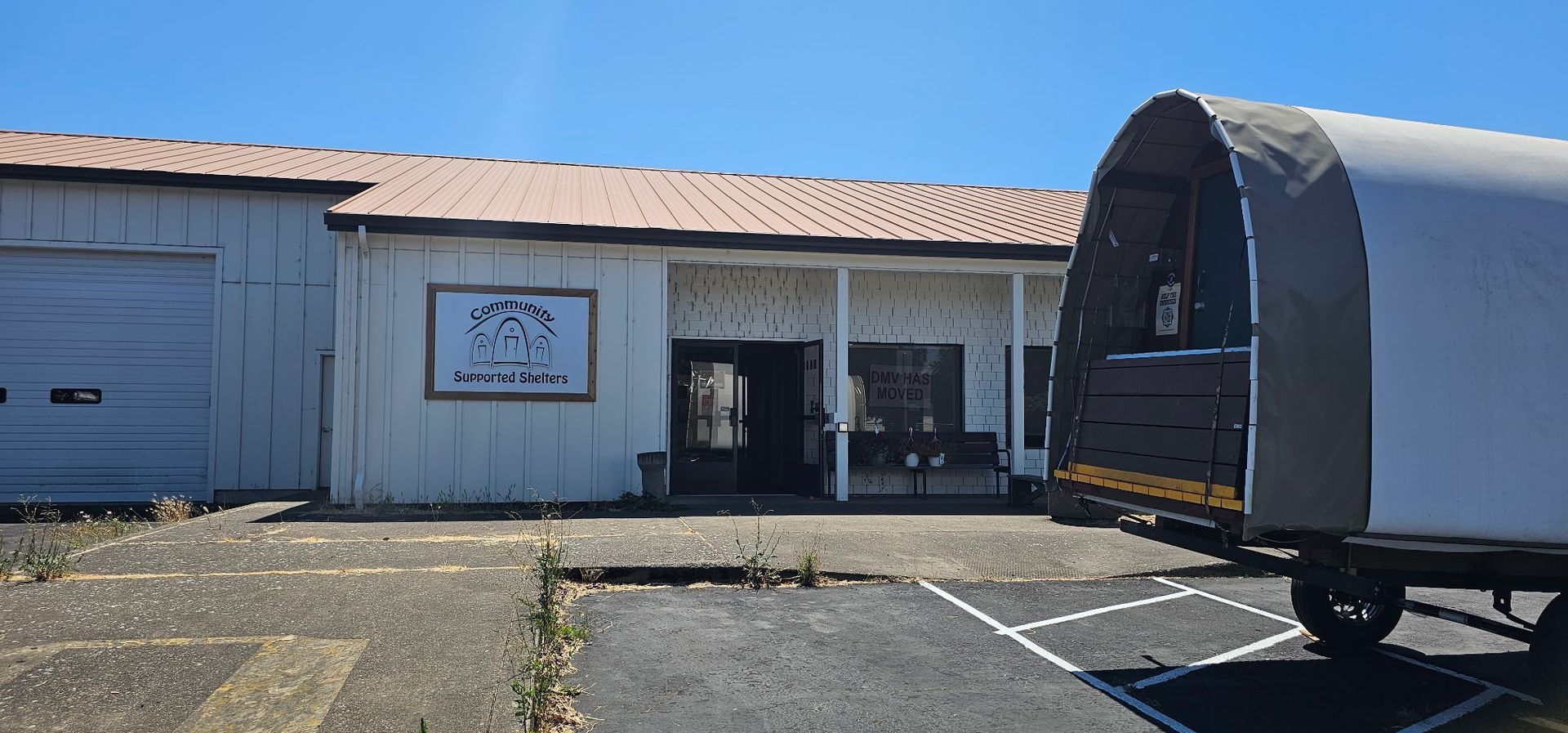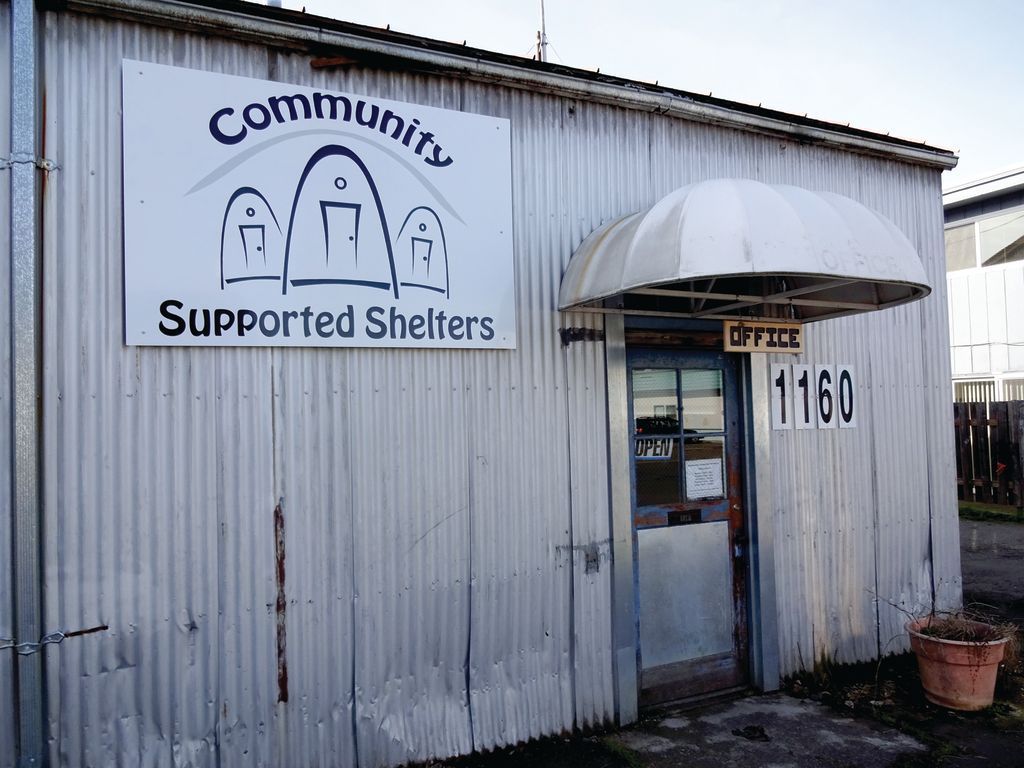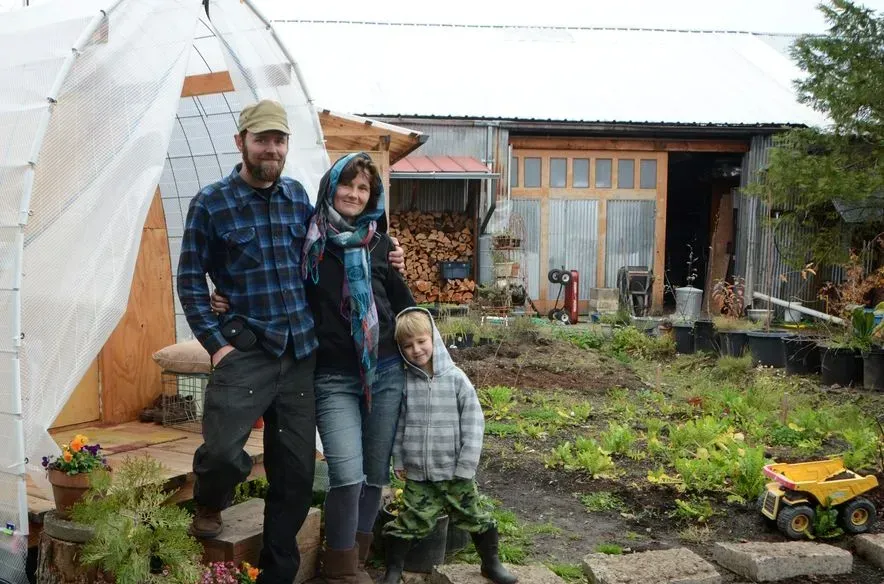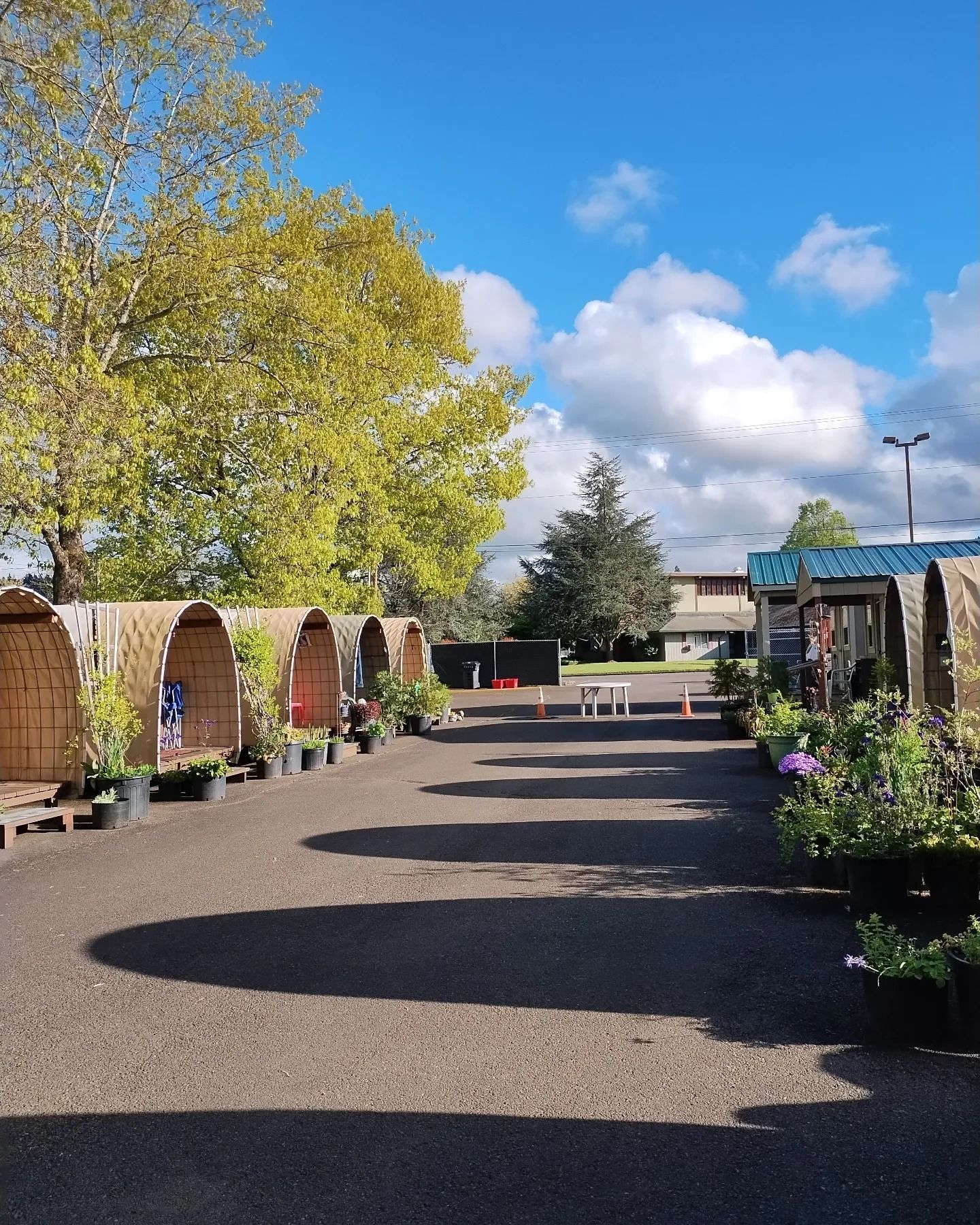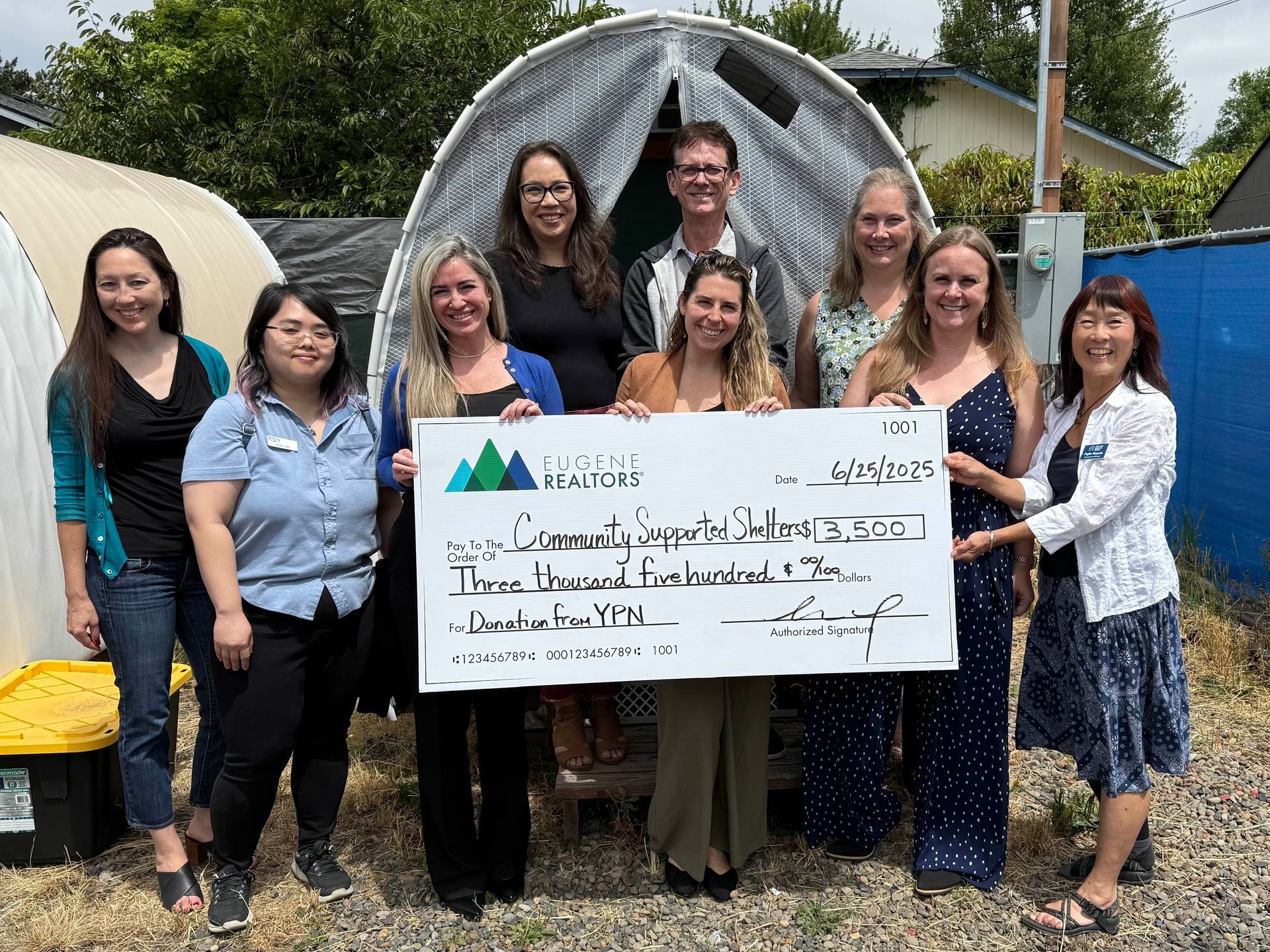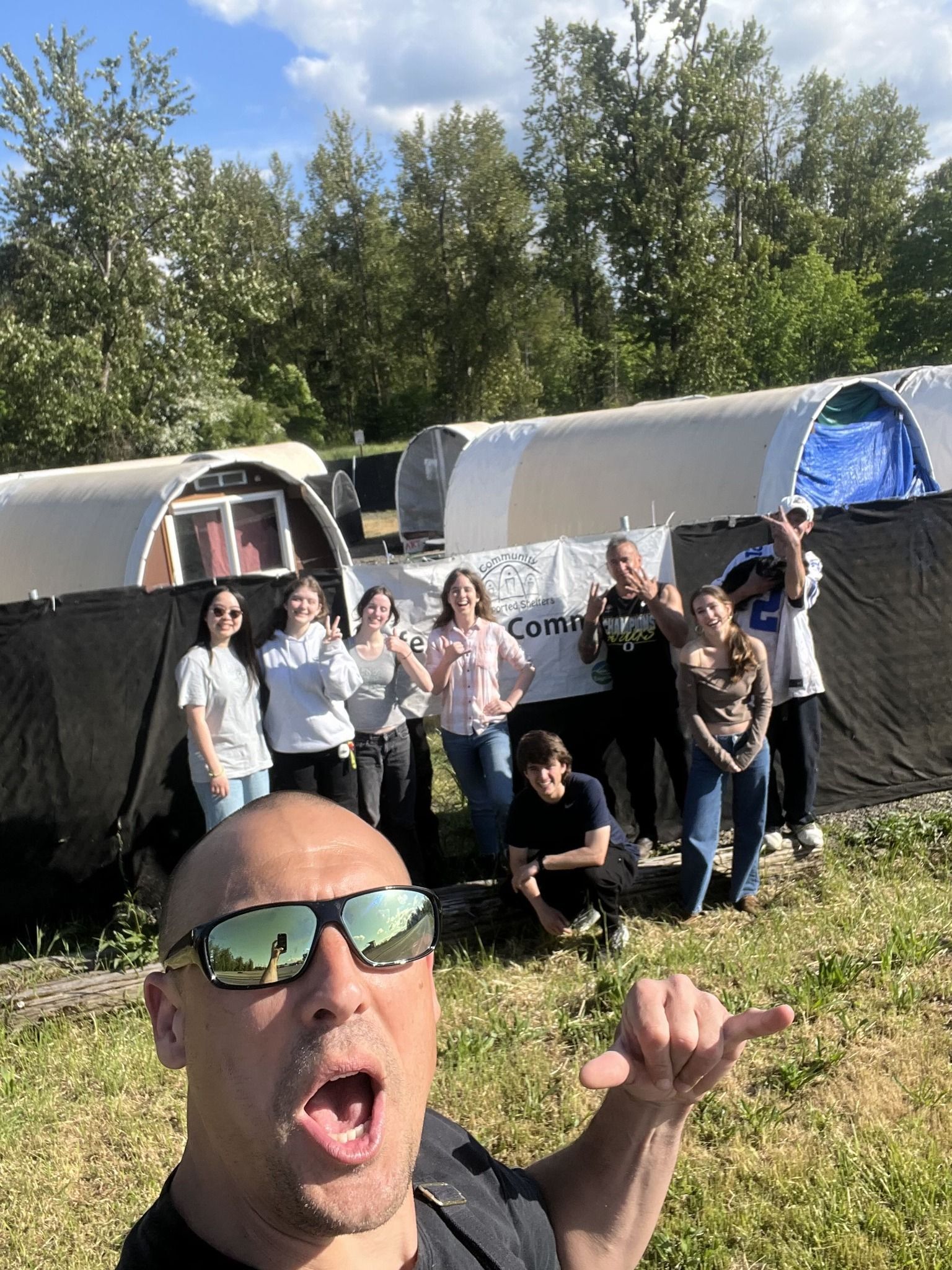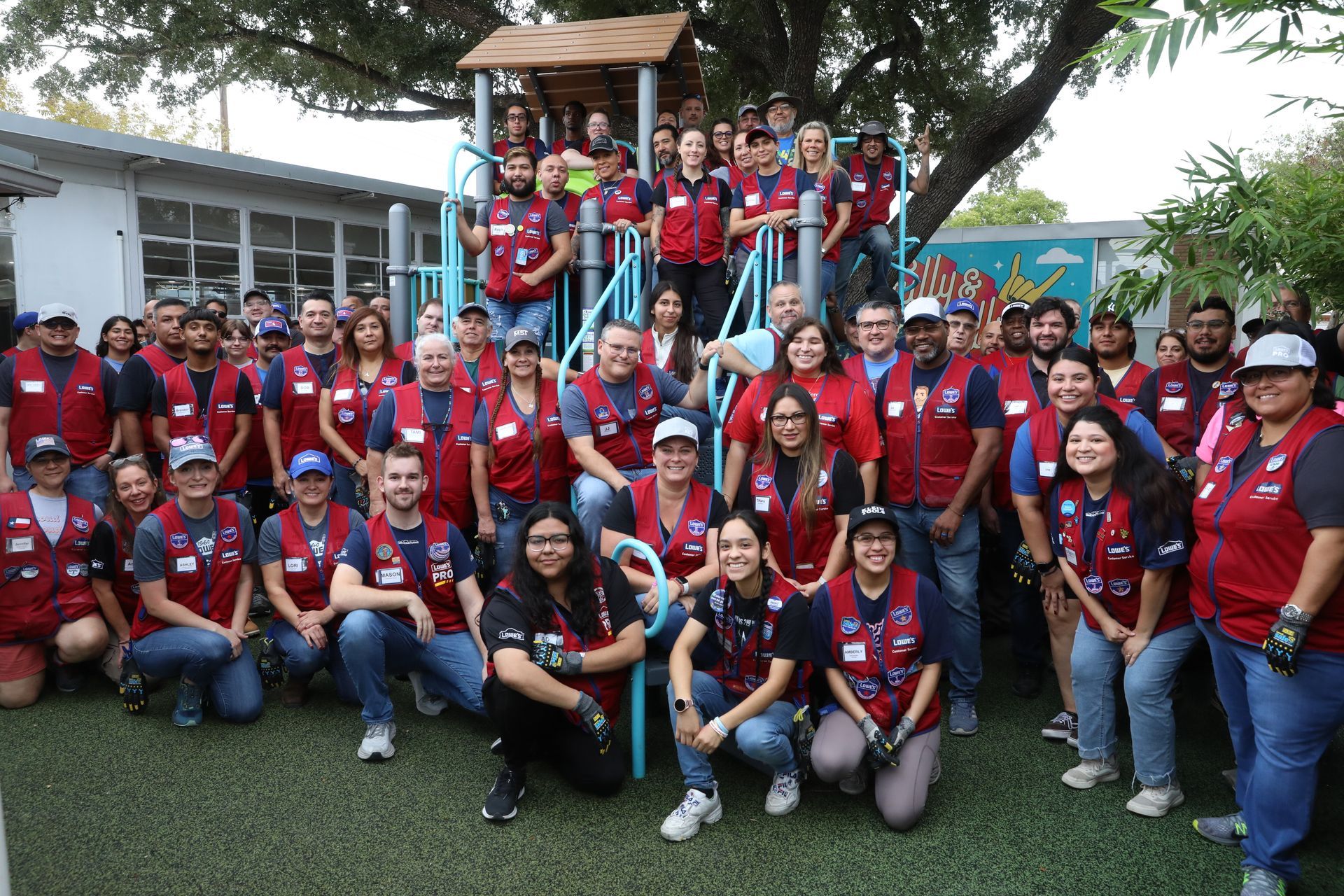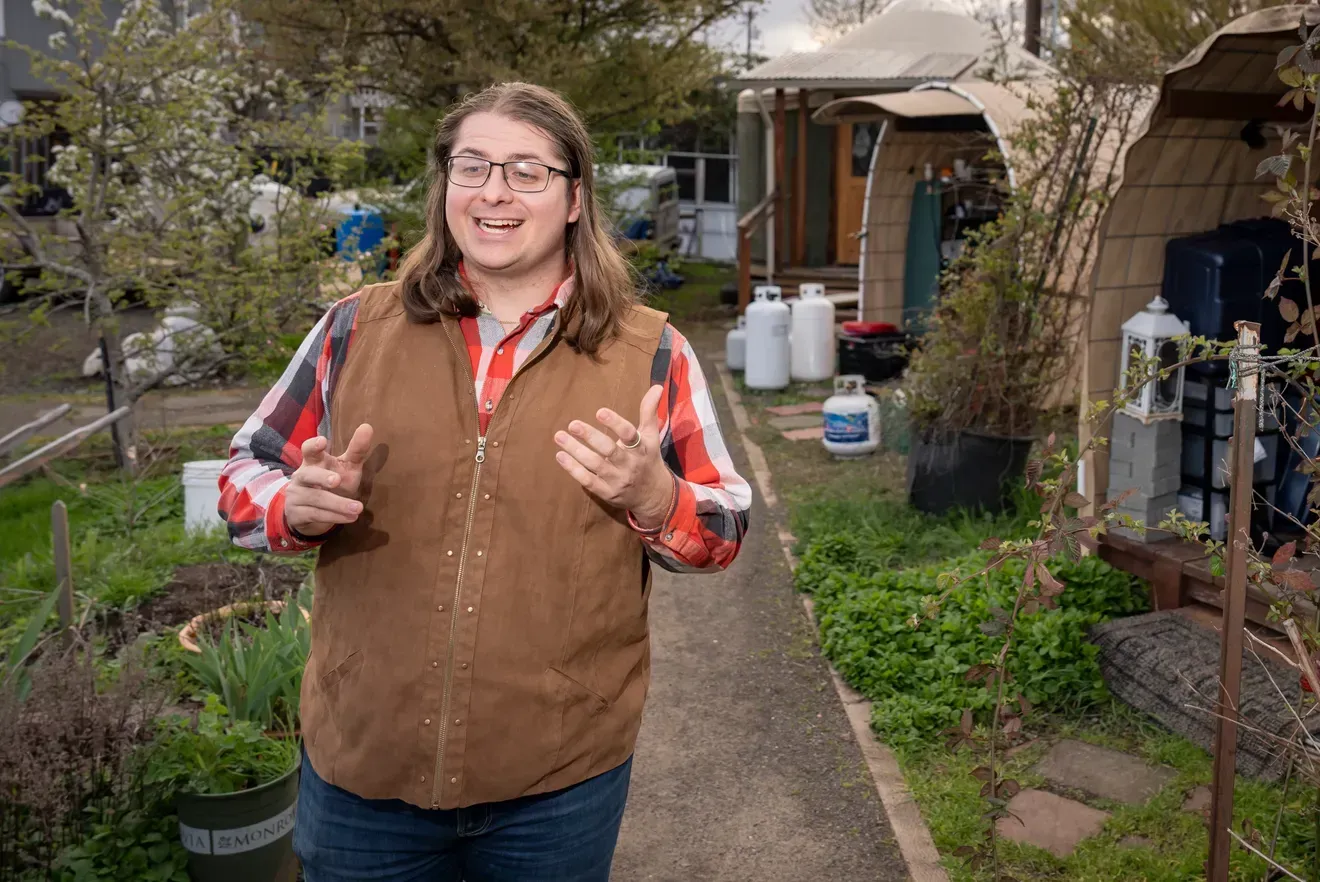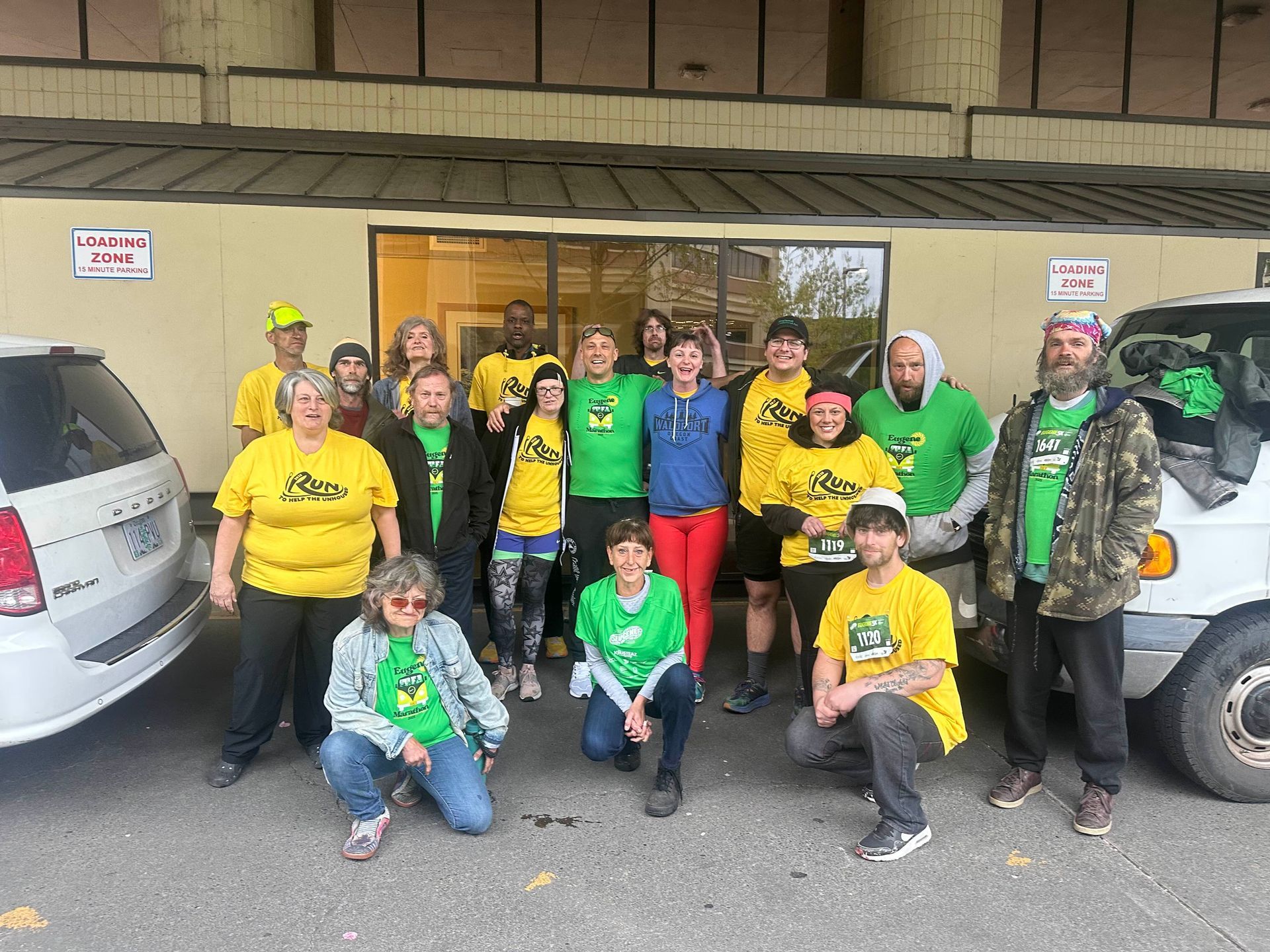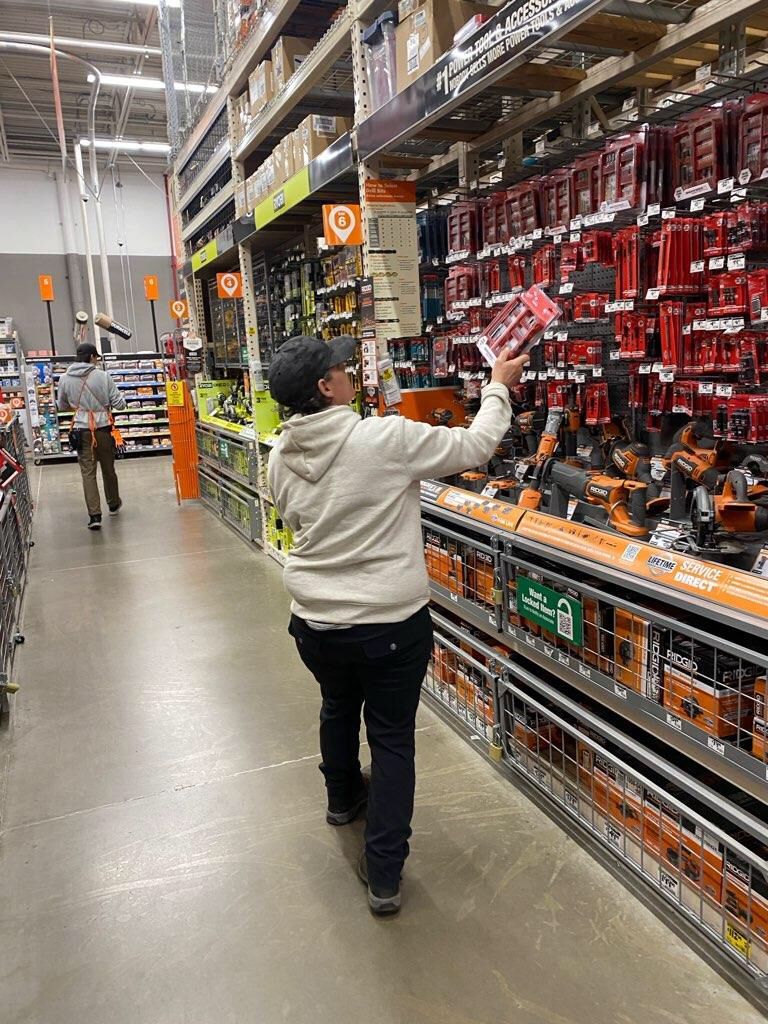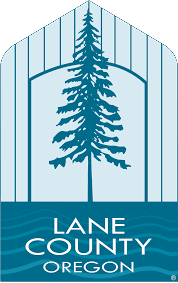Leaving a Legacy of Helping Others
Messiah Lutheran Church is a shrinking congregation. The church sits on a 3.75-acre open and breezy lot off River Road in Santa Clara. Its 30-plus members average 76 years old. Like many of us faced with looming mortality, the congregation has been taking stock of its life and what it might leave behind. In 2017, some church members took a 7-week course on the Lutheran concept of leaving a legacy.
“We got through this course and we couldn’t say what kind of a legacy we are leaving other than our church cross out front, so everybody knows where to turn,” says Anita Bjerklund, 71, president of the congregation. “You go through the motions long enough and you lose track of what you’re supposed to be doing. With us getting older, our congregation getting smaller, do we want to just fold up and let the property go into houses, and nobody remembers Messiah was here because they don’t remember anything outstanding that Messiah has done to help the community?”
Now, two women who had been homeless are living in Conestoga Huts shaded by an elegant old big-leaf maple tree behind the church, not far from where a contentious April meeting had squashed an earlier effort to provide temporary shelter for the homeless in Santa Clara.
“That is what God told us to do a long time ago, to help those in need,” Anita says. “We feel like we haven’t done as much as we could, but we still have a chance. And God is working with us.”
In November of 2017, Lane County commissioners approved a pilot program to allow overnight car camping in the unincorporated area of River Road in North Eugene and Santa Clara. As with Eugene’s car camping program, St. Vincent de Paul administers the program and provides portable restrooms and garbage service. The pilot program allows for 10 spots, and Community Supported Shelters made a commitment to offer Huts as shelters.
North Eugene Homeless Advocacy (NEHA), which had initiated and promoted the pilot program, sent out letters to about 15 area churches and a few private businesses seeking potential hosts for the allotted spots. They followed up by knocking on doors and talking to people. After all that, only two churches expressed a willingness to consider being hosts, according to Betty Grant, co-coordinator of NEHA.
NEHA’s letter arrived at Messiah Lutheran with the legacy discussion still fresh in the congregation’s mind. Anita says the church had been contacted in the past about hosting homeless people but “I think we were in denial that we were slowly dying,” she says. This time though, the church didn’t say “no.” Anita talked with Betty and a representative from St. Vincent de Paul about the car camping program, discussed it with the congregational council, and was still doing research when a proposal from Lane Transit District to host car camping on an unused lot at a major intersection in Santa Clara created a major controversy.
NEHA had encouraged LTD to offer car camping spots on that property.
The public meeting to discuss that proposal was held at Messiah Lutheran Church. About 175 people showed up. “That didn’t turn out too well,” Betty says—a definite understatement.
Public comments were predominantly and vehemently opposed. Betty says she was surprised by the strength and organization of the opposition. “I was, like, ‘Wow. We should take some lessons from their organizational ability.’” And she was afraid what that might mean for the folks at Messiah Lutheran and another church, still mulling the possibility of hosting car campers.
“After that meeting—because it was at Messiah Lutheran even—I thought ‘well okay that’s it for those churches. They’re not about to step into this very vitriolic situation,’” Bettys says. “So I was shocked when the church president called me to say, ‘yes.’”
After completing their research and assuaging some doubts they had, Anita and the council had called for a congregational meeting on May 27 to decide whether or not to be hosts under the car camping program. She sent a letter out to all members and included a sheet explaining Eugene’s program and a list of the rules that potential participants agree to.
One congregation member, who did not attend, sent a letter in opposition that was read at the meeting. He said he had been to the meeting about the LTD proposal and “nobody wants those people around,” according to Anita.
The vote was 17-4 in favor.
Anita deflects questions about how much the strident opposition to the LTD car camping proposal inspired Messiah Lutheran to move forward with their Huts. “Not much,” she says when asked if the LTD meeting came up at the congregational meeting that overwhelmingly approved inviting two formerly homeless neighbors to live on their property. But she does smile when asked if it didn’t require some bravery for the church to take the stand it did.
“The thing that is really ironic is that the LTD meeting was held here,” she says.
It did take bravery. Some who were important in developing both the River Road car camping pilot project and in helping Messiah Lutheran to be the first to participate are reluctant to talk about it, leery of stirring up the hornets’ nest of opposition to hosting the homeless in that area that stung LTD, afraid that might thwart future efforts.
Anita was too busy figuring out how to get rid of a real hornets’ nest in the bushes a few yards away from the Huts to worry about outside opinions. Those hornets are gone now.
Betty Grant of North Eugene Homeless Advocacy and Anita Bjerklund celebrate completion of the Huts.
Messiah Lutheran has been cognizant of the Huts impact on their neighborhood. They are placed as far off the streets that border the church as possible, barely visible from a side street that runs north of the church. The church sent a letter to the church’s neighbors thanking them for their acceptance and introducing the two new neighbors living in the Huts. The large field north of the Huts on church property has been used as “kind of a dog park,” Anita says. The letter told neighbors they were still welcome to bring their “4-legged friends” to the field, but to please leash them if they get close to the Huts. She hopes that might lead to more interaction between old and new neighbors.
“The ladies are outgoing,” she says. “With them talking to the neighbors as the dogs are out there playing—it could build and I think we’re just going to put it in God’s hands and let Him do it.”
“I hope we’ve opened Santa Clara” to be more welcoming to the homeless, she says. “I hope the door opened because there is such a need for it and the churches can do so much. If we can do more to help the homeless, that would be great.”
Betty Grant of the North Eugene Homeless Advocacy is glad to see the door open in that area. “It’s a great lesson,” she says. “Maybe starting little and quiet is the way to go.” NEHA facilitated the placement of two yards of bark-a-mulch (donated by Rexius) around the Huts.
After the meeting on the LTD proposal, she was convinced that “we need to go back and focus on communication with neighbors and sitting down and just talking.” NEHA has worked with the Eugene Human Rights Commission Homelessness Working Group, which is sponsoring six showings of the film “Under the Bridge: The Criminalization of Homelessness” in September and October, including two in the River Road and Santa Clara area. The film will be followed by panel discussions.
“It’s incredible” that Messiah Lutheran is the first host under the car camping pilot program, Betty says. “And I imagine it’s a little scary for them. But there couldn’t be a better church to be the first hosts.”
Roxan is grateful to all who have made it possible for her to sleep in a bed in a safe and secure shelter, especially the congregation at Messiah Lutheran. “It’s wonderful for them to step up and give a hand,” she says. “It’s rare these days. Most people are so busy with their lives that they can look right at you and don’t see you.”
It even took Anita a while to see the homeless situation clearly. She had her doubts at first. “I guess I was thinking about the panhandling and other stereotypes and lost sight of all the others. Then it hit me right between the eyes: This is what I’m here to do—to help others.”



